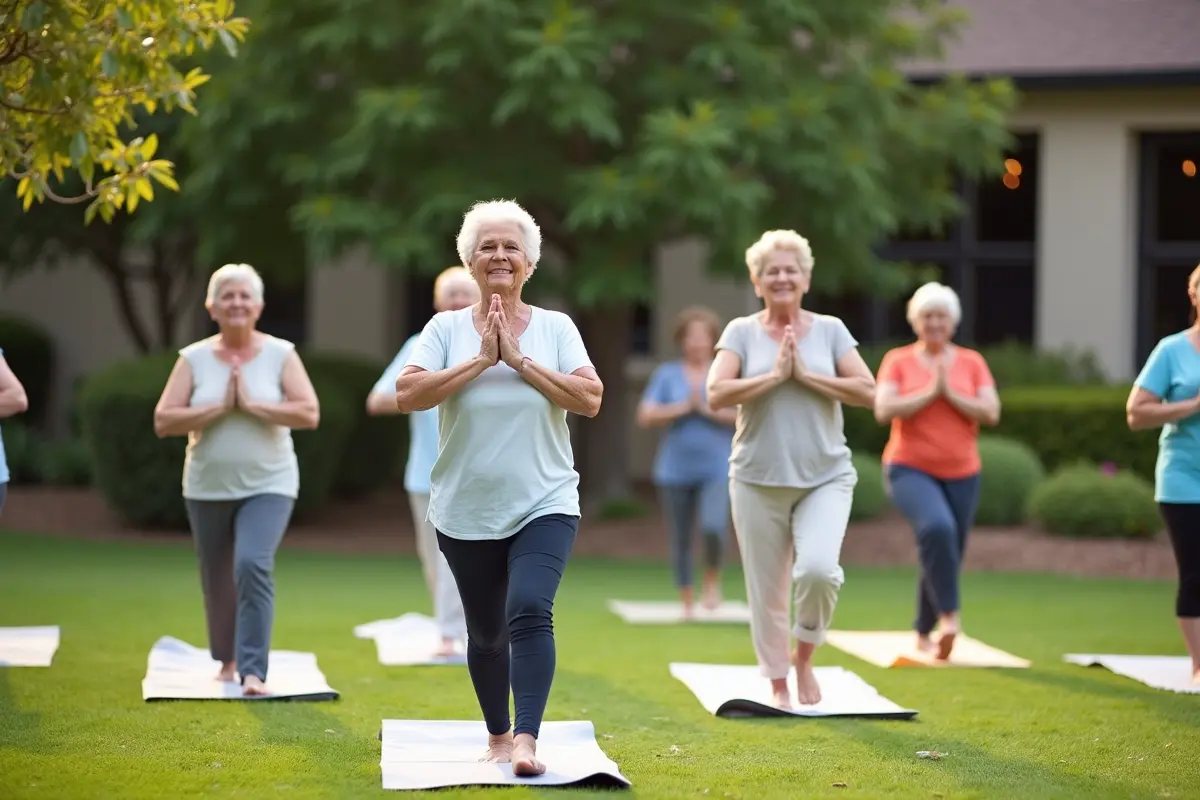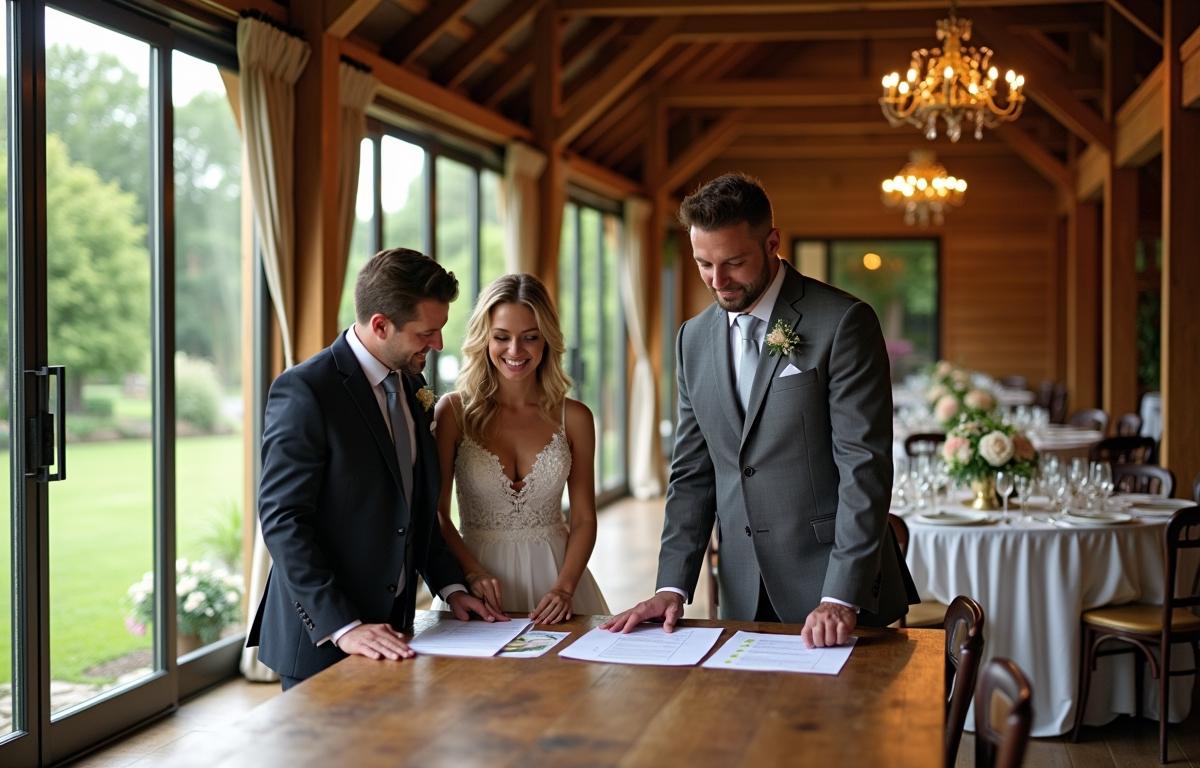Wellness programs have transformed the experience of senior living, focusing on enriching every area of residents’ lives. A thoughtfully designed assisted living community can offer more than just basic care, emphasizing holistic health through coordinated physical, mental, and social initiatives. These programs are redefining aging, encouraging seniors to remain active, engaged, and fulfilled while gaining the support they need to maintain their independence and quality of life. With an increased focus on promoting wellness, residents are empowered to develop new interests, forge friendships, and rediscover joy in everyday experiences.
Today’s assisted living community in Visalia recognizes the multidimensional nature of well-being. They understand that the lasting quality of life extends beyond medical health alone, encompassing intellectual stimulation, meaningful social connections, physical vitality, and a personal sense of purpose. Wellness initiatives may range from enriching educational workshops to supportive counseling and calming mindfulness sessions.
As a result, robust wellness programs are at the heart of premier senior communities, reflecting research that underscores their essential role in healthy aging, according to the National Council on Aging. This holistic approach ensures that every resident is seen as a whole person, with unique goals and dreams that continue to evolve.
Physical Wellness Initiatives
Maintaining mobility and strength is crucial for seniors to preserve their independence and reduce the risk of chronic disease. Within assisted living communities, wellness programs encompass a range of safe and adaptable physical activities. Popular offerings, such as low-impact exercise classes—like yoga and tai chi—help improve flexibility and balance, thereby reducing the likelihood of injury from falls.
Many centers also offer strength training sessions tailored to different fitness levels, ensuring residents can safely build muscle and maintain function as they age. Walking groups further promote daily activity, transforming exercise into a social event and encouraging long-term commitment to healthy routines.
The benefits of these activities aren’t just physical. Regular movement releases endorphins that can lower stress, decrease symptoms of depression, and create a sense of accomplishment. Study after study, including those featured by Mayo Clinic, highlights the powerful connection between physical fitness and emotional well-being in older adults.
Exercise is also linked to better sleep quality, improved cognition, and even immune system support, which becomes increasingly important with age. By participating in group exercise, residents benefit from encouragement and camaraderie, often finding exercise to be the highlight of their day.
Mental and Cognitive Health Programs
Cognitive vitality plays a crucial role in maintaining independence and participation in daily life. Wellness programs often feature engaging activities designed to stimulate the mind. Brain games, puzzles, and memory-enhancing challenges are commonplace, helping seniors retain mental sharpness and slow cognitive decline. Educational seminars and workshops ignite intellectual curiosity, enabling residents to continue learning well into their golden years. Frequent participation in these programs helps promote learning, increase confidence, and preserve overall brain health for as long as possible.
Creative therapies, such as art and music, are becoming increasingly popular due to their therapeutic effects. These therapies foster self-expression, alleviate anxiety, and access positive emotional memories, particularly for residents confronting memory loss. Music and art therapy sessions not only provide an outlet for creativity but also encourage social interaction, group collaboration, and relaxation. The positive impact of these programs on mental health underscores the importance of a comprehensive approach to senior care, which supports every aspect of brain health and emotional stability.
Social Engagement Opportunities
Socialization is a critical factor in preventing feelings of isolation and depression among older adults. Assisted living communities strive to build vibrant social calendars, featuring group outings to local attractions, planned events such as movie nights, and seasonal celebrations. Clubs and special-interest groups help residents bond over shared hobbies, deepening their sense of belonging and friendship. These connections serve as a vital lifeline, especially for those who might not have family nearby, helping to create a warm, home-like atmosphere.
These activities do more than fill residents’ days—they are instrumental in promoting emotional well-being. Studies consistently show that regular social interaction can improve mood, boost immune response, and lead to a longer, healthier life, as detailed by Harvard Health Publishing.
Conversing, laughing, and sharing experiences enable residents to celebrate milestones and navigate challenges together, fostering a sense of community. Social engagement also naturally reinforces routines and encourages residents to take an active role in shaping community life.
Personalized Wellness Plans
Because every resident’s goals and preferences are unique, leading assisted living communities emphasize the importance of personalized wellness plans. This process begins with a thorough assessment of each individual’s health needs, interests, and aspirations.
Wellness coordinators then develop tailored activity schedules and support services, ensuring everyone receives programming that’s meaningful and effective. Plans may include personalized fitness goals, dietary preferences, therapy needs, and special activities aligned with individual passions.
Regular reviews and plan adjustments guarantee progress and ongoing satisfaction. Team members maintain close communication with residents and their families, making necessary adjustments as needs evolve or new interests emerge. Personalization fosters a sense of control and empowerment, supporting residents as they pursue their own vision of a healthy and engaged life. Having a personalized plan ensures that even residents with mobility challenges or cognitive impairments are celebrated and encouraged to participate to the fullest extent possible.
Integration of Technology
Technology is rapidly transforming wellness programming in assisted living settings. The adoption of wearable health devices enables continuous monitoring of vital statistics and fitness goals, thereby improving both safety and motivation. Telehealth platforms enable residents to access healthcare professionals conveniently and quickly, decreasing barriers to routine care. Technology also helps staff track residents’ participation and progress, allowing interventions to be targeted and outcomes to be measured.
Innovative approaches also include virtual reality experiences, which offer immersive cognitive stimulation, and therapeutic digital games that encourage both movement and mental engagement. These advancements make wellness programming more accessible, interactive, and adaptable than ever before. Residents can participate in guided relaxation sessions, enjoy virtual travel experiences, or attend remote support groups and family visits, strengthening their connection to the world around them.
Benefits of Wellness Programs
Implementing holistic wellness programs yields broad, tangible benefits. Residents experience improved physical health, a reduced incidence of chronic conditions, and enhanced mobility. Cognitively, ongoing classes and therapy support sharper minds and sustained memory. Regular social events help mitigate loneliness and promote interpersonal connections, thereby contributing to a positive mood and increased vitality.
Most importantly, wellness programming enhances overall life satisfaction and fosters a profound sense of purpose, empowering seniors to embrace aging with enthusiasm and joy. When wellness becomes a cornerstone of daily life, residents look forward to each new day, confident in the knowledge that their needs are being truly met.
Final Thoughts
Wellness programs stand as vital pillars in leading assisted living communities, enriching lives by addressing the multifaceted needs of every resident. Through personalized care, diverse activities, and thoughtful integration of new technologies, these programs offer seniors opportunities to thrive at every stage, reinforcing the enduring value of connection, activity, and well-being. Ultimately, holistic wellness programs ensure that assisted living is not just about care—it’s about fostering joy, dignity, and a vibrant, purposeful life.




